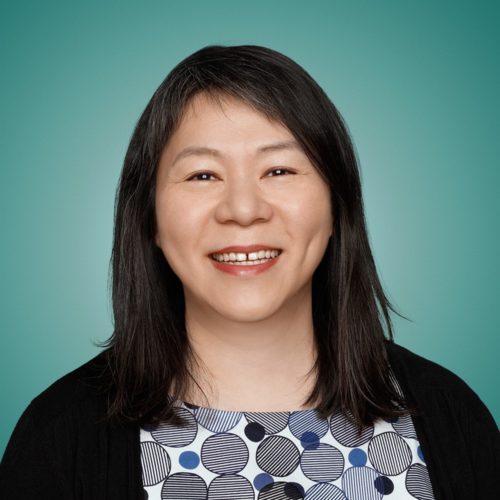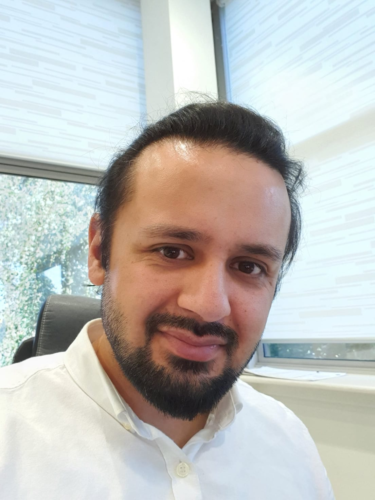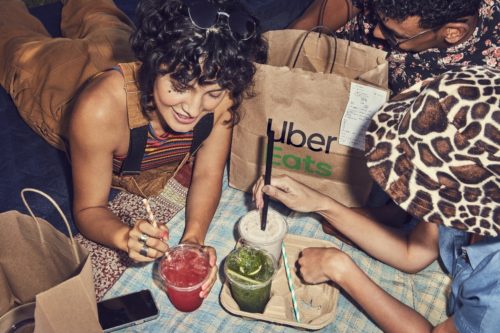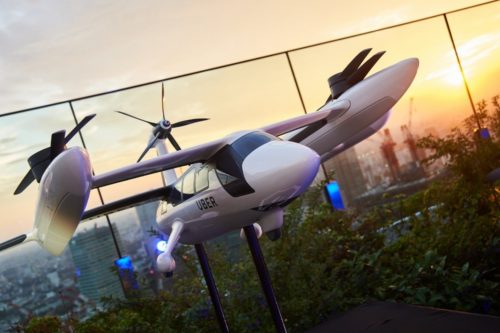LSST’s Deputy CEO and Uber’s Chief of Diversity and Inclusion discuss Uber’s drive to become the most diverse, equitable, and inclusive workplace on the planet
By Kunal Chan Mehta | Article Date: 3 August 2020

Undoubtedly, Uber has driven [pun intended] positive change in the world around us and has continued to construct the more diverse-interconnected company that it always anticipated to be. But with Uber’s unsurpassable potential to ignite global digital-AI-healthcare opportunities, there is a diversity call for multifarious inclusion. LSST’s Deputy CEO, Mr Mohammed Zaidi, speaks with Bo Young Lee, Uber’s Chief of Diversity and Inclusion, about her visionary insight into championing differences for a distinctive world service.

[MZ] Uber is all about redefining journeys – but what was your journey like to get where you are?
[BYL] Many assume that Uber’s Diversity and Inclusion (D&I) journey began in February of 2017. In fact, it began several years earlier. The earliest Employee Resource Groups (ERGs) were founded in 2015. Uber started with Black, Women, Latinx, Asian, Pride, and Veterans’ groups. The ERGs were created by employees with the mission of getting Uber’s then leaders to focus on the differential experience underrepresented communities were having in the company. At the urging of the ERGs, Uber hired its first D&I manager in 2015. Like many companies, Uber’s early years of D&I were filled with fits and starts of activity. Uber’s leadership was still contemplating its commitment to the work and without a C-suite level executive providing strategic guidance, a lot of activity was initiated with limited results.
This early activity is important to acknowledge because it set the foundation to create an accelerated focus in mid-2017. The ERGs and the then D&I manager were fundamental partners in the execution of Covington investigation and formulation of the recommendation. On the urging of the Covington report, Uber hired its first Chief Diversity & Inclusion Officer in early 2018. Since then, Uber has placed D&I at the centre of all of its strategic growth planning. Uber takes a systemic approach and since 2018 has rigorously interrogated and redesigned dozens of internal processes ranging from Talent Acquisition, Manager Readiness, Promotion, and Performance Management to ensure processes are designed to minimise bias and increase equity.
Uber is taking its ‘cultural transformation’ seriously – how are you a part of this?
The work of D&I is fundamentally one of culture and behaviour change. The best D&I strategy is meaningless if it’s implemented within a company with a non-engaging, non-constructive culture. A stable, engaging culture is foundational for inclusion to thrive. An unstable culture triggers self-protection in leaders and employees. This self-protective bias will eventually lead to the exclusion of those who are most historically underrepresented.
With every component of our culture change; becoming a company that does the right thing, making big bold bets, we ask how these values are relevant to different constituencies of our organisation. We want to ensure the culture includes all of our employees.
I have always said diversity is a ‘state of being’ – but what does diversity mean to you?
This is how Uber describes diversity as well. You often hear individuals or even companies use the phrase “diverse person” or “diverse candidate”. The challenge is, people can’t be diverse. People are just people. Diversity exists only when you have two or more individuals who are different from each other. In this instance, both individuals are diverse from the other.
The problem with the concept of a “diverse person” is that it assumes there is a normative standard and the person who comes from an underrepresented background is a deviation from the norm. Often that “deviation” is a by-product of centuries of oppression and marginalisation based on race, class, gender, sexual orientation, ability, and religion.
We need to migrate away from the idea of a diverse person and move towards diversity as a state of being wherein everyone is diverse from everyone else.
Are there tough diversity and inclusion challenges at Uber?
The challenges (and opportunities) of diversity and inclusion in any company is fundamentally a by-product of challenges in society. A person doesn’t suddenly become racist or sexist or ableist or ageist by crossing the threshold of a company. They develop and bring those inclinations from their families and communities. While a company can’t necessarily make a person sexist or racist, it can exacerbate these beliefs by emphasising and rewarding certain behavioural traits or building systems that bias towards behaviours, customs, and norms that are more readily seen within specific communities.
The toughest challenge we face from a diversity and inclusion perspective is identifying processes and systems that were built during the first several years that were designed, intentionally or unintentionally, to recognise and reward those who were already in power; primarily white, heterosexual, cisgender men. We can tackle the big obvious processes and systems easily, but companies have dozens of processes that are relatively small in scale and often obscure. It’s only with constant vigilance and a network of hundreds of champions beyond the core D&I team that we will be able to identify and tackle all these systems.

Your role spans across cultures and countries, so surely there is no ‘one size fits all’ approach?
You’re right. The biggest mistake would be to assume that a single global strategy would work in every culture and country we operate in. My own identity, being Korean-American, informs my knowledge that what might work in the US and Canada won’t work in East, South, and Southeast Asia. Europe, with its own tragic history of exclusion and ethnic targeting, has a very different relationship to concepts of equity and inclusion.
At Uber we realise that success is often based on our ability to customise our approach to the local market. This is why we have a team structure that supports localisation. The Uber D&I team includes senior strategic leads in all our major regions.
Do you believe that diversity and inclusion can help attract young talent?
When done well, diversity and inclusion can absolutely attract talent, both young and seasoned. And if it’s done poorly or isn’t a focus at all, it can repel talent.
There has been a sea change. The entire world is becoming more polarised and within this context workers expect their employers to take principled stances in a way that we’ve never seen before. There is a deficit in values-based leadership in many places. Workers are looking to corporations to fill this void in leadership.
The best people for the job should get the job. Do you agree? Further, could talent and diversity become conflicted?
What is “best” is fundamentally a subjective evaluation based on many factors that have little to do with objective qualifications. There are many studies that demonstrate that we alter the criticality by which we evaluate a person’s performance based on demographic features. In one study, partners in a law firm were twice as likely to find errors in a legal brief if they believed the brief was written by a black vs. white intern. Senior partners read the same brief but consistently found more errors simply because of their belief of race. In another study, engineers found more errors in code lines when they believed the code was written by a female vs. male engineer.
If there is a supposed “conflict” between diversity and talent choices, that conflict should be rooted in the knowledge that we likely hire lots of men and people in majority races who are less qualified than women and People of Colour. We essentially lower the bar for White men and increase it for women and People of Colour.

Uber has released its first-ever diversity report – is this enough for you or what you like to see further changes?
We have now published three diversity reports and plan to publish our next report later this year. With each report, we’ve pushed ourselves to be bolder and expand the D&I conversation. Last year we published, for the first time, intersectional representation data. In the future, I’d like to make the report more global in nature. I’d also like to start focusing on predictive metrics in addition to the lagging metrics we currently feature.
What is the best advice you can share with our students?
When choosing a career, don’t ask yourself “What do I love to do?”. What we love is typically a pretty narrow set of things. Your career choices will be fundamentally limited. Instead, ask yourself “What problem do I want to solve?” This question opens up career and field opportunities you may not even know about yet. You might have to create a whole new field to solve your problem. This is the root of innovation.
Please email kunal.mehta@lsst.ac for any questions or comments about the article.
3 thoughts on “LSST’s Deputy CEO and Uber’s Chief of Diversity and Inclusion discuss Uber’s drive to become the most diverse, equitable, and inclusive workplace on the planet”
Comments are closed.





Great Article! Well done!
Interesting article and much to learn from Uber. Inclusion and Diversity are values which we all should promote in all areas of any sector, we must be committed to creating a culture of equality and the first step towards this change is to build awareness.
Great Uber evolution, Great article! I’d like to join the big Uber family, but is expensive to obtain license.